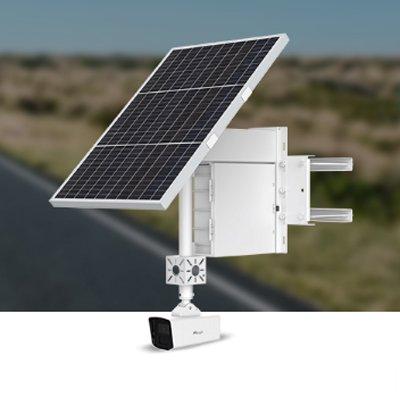Physical and cyber security convergence, perimeter intrusion detection systems and fibre optic-based sensors were some of the security trends that picked up pace in 2015 and will continue to grow in the coming year as well.
The beginning of 2015 started out slowly as the implementation of security projects by a number of organisations was postponed for various reasons. Mid-year picked up momentum, and the year is ending on a strong note.
A significant trend was the gradual progression of convergence of physical and cyber security. I believe this is an area where technology is ahead of the market. No doubt it is only a matter of time before holistic security strategies will be more fully embraced, as the risk and actual incidents of cyber attacks increase. The market is now starting to require that penetration tests be conducted on perimeter intrusion detection systems.
The video market continued on solid growth, while M&A activities such as Canon’s acquisition of Axis and Milestone and the formation of Qognify, formerly NICE Systems, signify continuing consolidation in this space.
Drone detection systems – a rising need
Drones continue to be an emerging security risk. Fortune magazine recently stated that as many as one million drones will be sold this holiday season in the USA. This presents a new form of security threat that organisations are challenged to mitigate, as most traditional security systems do not provide an adequate defence.
Forward-looking trends
Looking forward to 2016, many trends from 2015 will continue; namely the convergence of physical and cyber security as well as the growth and consolidation of the video/intelligent video analytics (IVA) market. The rising drone threat will bolster development of low-cost radar and other solutions. However, the industry will still need to resolve the issue of safe and effective interception.
Specific to perimeter intrusion detection, the demand for fibre optic-based sensors will increase as a growing number of specifiers perceive them as the preferred method for securing long perimeters. The oil and gas industry will be using more fibre optic technology for pipeline security and leak detection.
Perimeter security sensors
Senstar is well-positioned to address the paradigm of precise location of intrusions and events, not only in perimeter protection, but also life safety applications and illicit use of mobile devices, such as in correctional facilities. I’m optimistic about 2016 as we continue to lead the market in introducing new security innovations.
See the full coverage of 2015/2016 Review and Forecast articles here






















